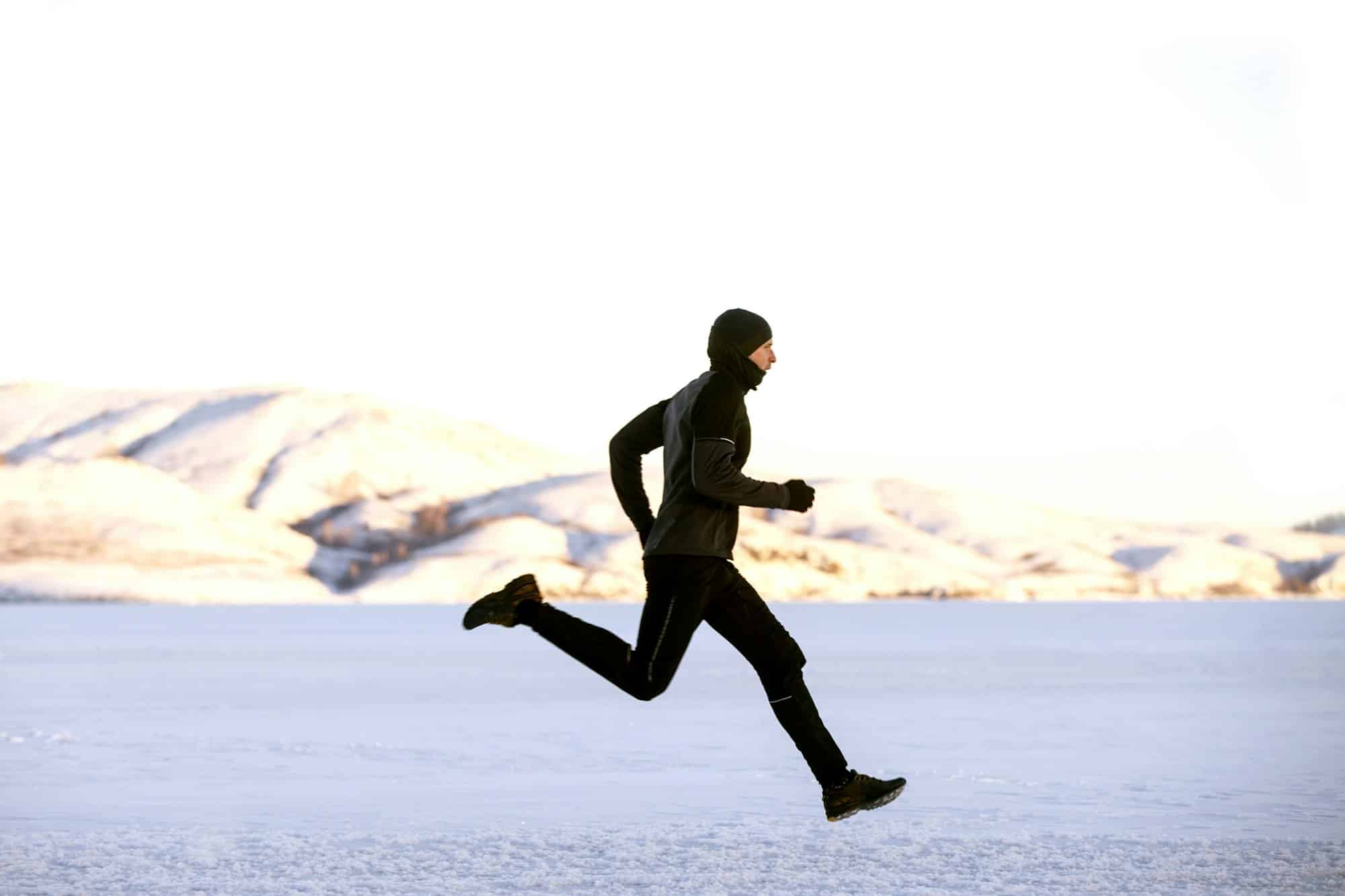How Can Athletes Benefit from Virtual Reality Exposure Therapy for Overcoming Fear of Injury?

Virtual Reality (VR) has emerged as an innovative technology that offers a wide array of applications beyond just entertainment. It has been adopted in numerous fields ranging from education to health care. One such area where VR holds the potential to revolutionize the current practices is in the field of rehabilitation and therapy. More specifically, VR exposure therapy is becoming increasingly popular in helping athletes overcome the fear of injury and enhance their performance.
Bringing Mental and Physical Rehabilitation Together
Virtual reality exposure therapy merges mental and physical rehabilitation in a unique way. This technology-based intervention is being used to help athletes confront and overcome their fears and anxieties related to injury. For many athletes, the fear of injury can be paralyzing and can significantly hamper their performance. VR exposure therapy allows athletes to confront these fears in a controlled and safe environment.
En parallèle : Key highlights and predictions for soccer world cup 2026
The therapy is based on the principle of ‘exposure therapy’, a type of cognitive-behavioral therapy, which involves exposing the patient to anxiety-inducing stimuli to help them overcome their fear. But instead of real-life exposure, VR technology is used to create virtual scenarios where athletes can experience and manage their fears.
This approach provides an immersive and interactive environment where athletes can face situations that would cause fear or anxiety, such as performing a high-risk move or playing after recovering from an injury. The virtual nature of the therapy allows for the controlled exposure to these situations, providing a safe space for the athlete to navigate their fears at their own pace.
En parallèle : What’s the Effect of Altitude Mask Training on Lung Capacity for Mixed Martial Artists?
VR Exposure Therapy in Pain Management
Virtual reality exposure therapy also holds potential in pain management in athletes. Training and performance at elite levels can often involve pain and discomfort. Fear or anxiety around pain can be a significant barrier, affecting both training and performance.
Through a virtual reality environment, athletes are exposed to virtual scenarios that help them understand pain better, learn coping strategies, and build resilience. For instance, they could be taught deep breathing or mindfulness techniques within the VR environment, which could help them manage pain better in real life.
Several studies have shown that VR-based pain management programs have resulted in decreased pain perception, according to crossref. This is likely due to the immersive nature of VR, which distracts the mind and reduces the focus on pain.
Enhancing Performance through VR Training
Apart from overcoming fear and managing pain, VR exposure therapy is also being used to enhance athletic performance. Sports psychology has long acknowledged that mental rehearsal or visualization can significantly improve performance. VR technology takes this concept to another level by enabling athletes to practice and perfect their skills in a virtual environment that closely mimics real-life conditions.
For example, a skier could practice their moves on a virtually created slope, or a football player could practice penalty shots in a simulated stadium environment. This gives athletes the opportunity to practice without the physical stress and risk of injury associated with real training sessions.
Moreover, VR training allows for the repetition of specific scenarios or moves, which can be essential in mastering a skill. It also provides instant feedback, allowing athletes to immediately correct their mistakes and improve their performance.
Promoting Recovery and Returning to Play
Recovering from an injury and returning to play is a significant challenge for athletes. It involves not just physical recovery but also overcoming the fear of re-injury. VR exposure therapy can play a significant role here.
By using VR, therapists can simulate the conditions of the game and gradually expose the athletes to the fear-inducing elements of their sport. This helps them regain confidence and reduces their fear of re-injury.
Also, VR-based rehabilitation programs can enhance physical recovery. They can create customized training programs that align with the athlete’s recovery stage. This can make the rehabilitation process more engaging and efficient, thereby accelerating the return to play.
In conclusion, virtual reality exposure therapy represents a significant advancement in the field of sports rehabilitation. Its ability to merge mental and physical rehabilitation offers a comprehensive treatment approach that can help athletes overcome their fear of injury, manage pain, enhance performance, and promote recovery. The future of sports rehabilitation definitely appears to be virtual.
Incorporating Augmented Reality in Exposure Therapy
Augmented reality (AR) is a technology that overlays computer-generated visuals on a real-world environment, enhancing its elements to provide an interactive experience. Similar to VR, AR holds potential in exposure therapy, particularly in the field of sports rehabilitation.
AR-based exposure therapy can bring about a more seamless integration of the virtual and real world. By incorporating real-time visuals with augmented features, athletes can confront their fears and anxieties in a familiar yet controlled setting. This can be particularly useful in helping athletes overcome fear linked to specific real-life scenarios, such as returning to play after an anterior cruciate ligament (ACL) injury.
AR can simulate different aspects of the game, such as the intensity of competition or the pressure of a decisive moment, which can trigger anxiety. For example, a basketball player recovering from an ACL injury can be exposed to a virtual game scenario where they have to make the game-winning shot. This scenario, created with AR, can help the player to confront their fear of re-injury and build confidence.
Moreover, AR can aid in physical therapy by providing real-time feedback during rehabilitation exercises. For instance, an app can be used to monitor the athlete’s movement during an ACL reconstruction rehabilitation exercise, providing immediate feedback on their performance, helping to improve accuracy and reduce the risk of re-injury.
The Future of Exposure Therapy: Systematic Review and Research Opportunities
Recent studies available on Google Scholar and crossref provide promising evidence supporting the use of VR and AR in sports rehabilitation. However, it’s crucial to acknowledge the need for more rigorous and systematic reviews to evaluate the long-term efficacy and safety of these approaches.
A meta-analysis of available studies could provide more robust evidence about the effectiveness of virtual and augmented reality in overcoming the fear of injury, managing chronic pain, and enhancing athletic performance. Further research could also explore the use of these technologies in treating other mental health challenges in athletes, such as performance anxiety, stress, and burnout.
In addition to the existing VR and AR technologies, other emerging technologies like real-time data analytics, artificial intelligence, and machine learning can further revolutionize exposure therapy. These technologies can be used to personalize the therapy based on the athlete’s unique needs and responses, enhancing the effectiveness and efficiency of the treatment.
The field of exposure therapy is ripe for innovation, with countless possibilities for future research and development. By bridging the gap between mental health and physical therapy, technology-based interventions can provide comprehensive solutions to the challenges faced by athletes, ultimately contributing to their overall well-being and performance.
Conclusion
In conclusion, the integration of innovative technologies like virtual reality and augmented reality in exposure therapy offers a promising pathway for athletes to overcome fear of injury, manage pain, and elevate performance. The use of VR and AR-based interventions, backed by systematic reviews and scientific research, can revolutionize sports rehabilitation, delivering personalized, effective, and efficient treatment. The future of sports rehabilitation, thus, appears to be virtual, augmented, and technologically advanced. As we continue to explore and innovate in this field, we move closer to our goal of providing athletes with the best possible support for their mental and physical health.
